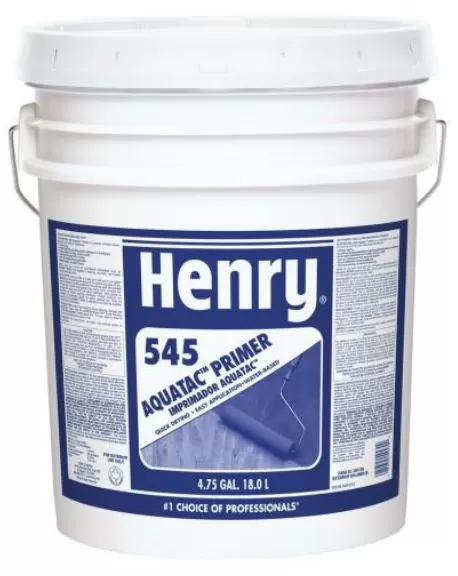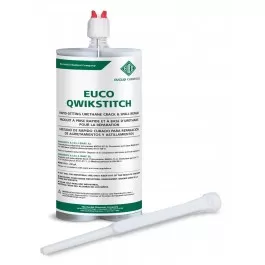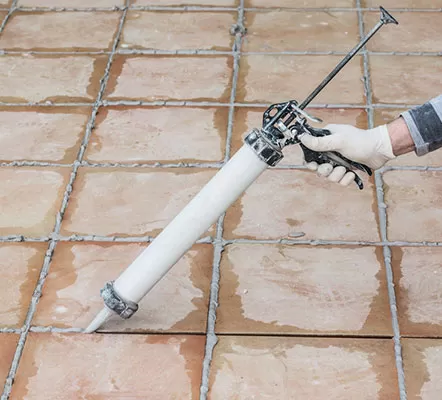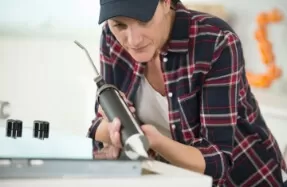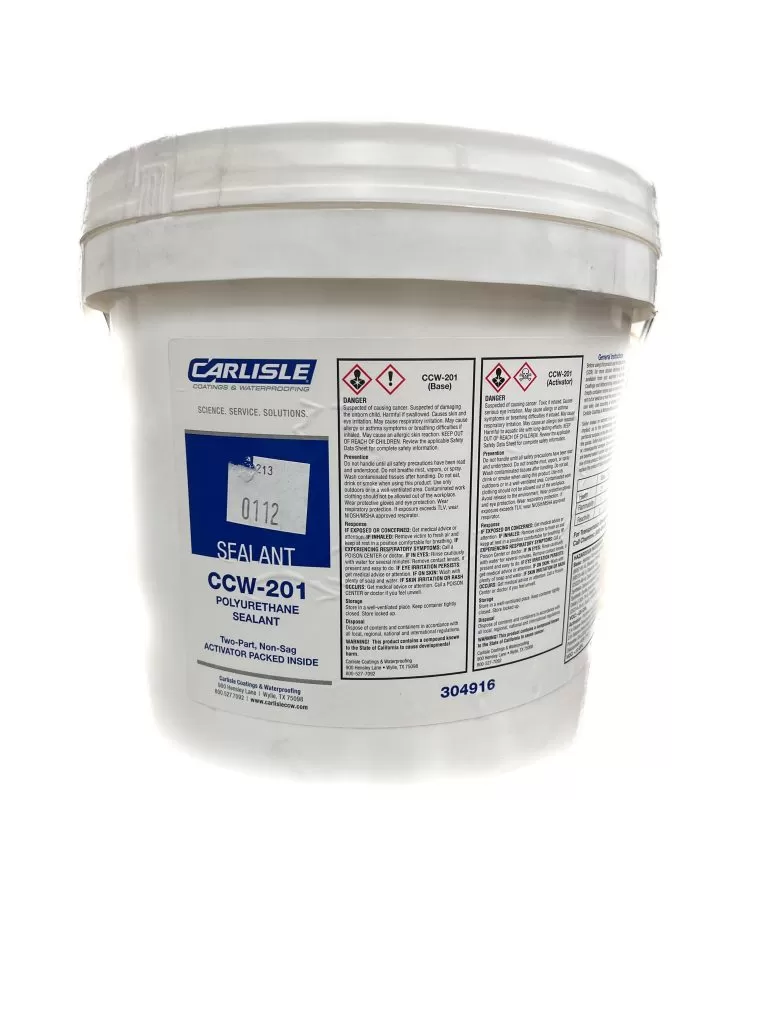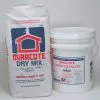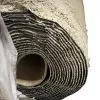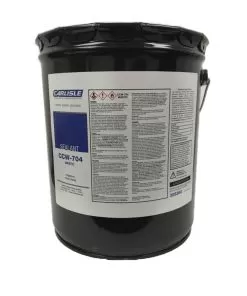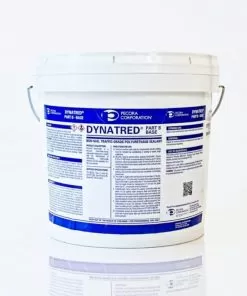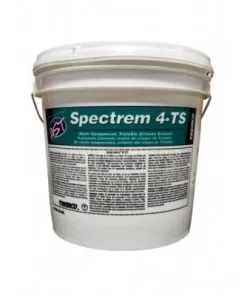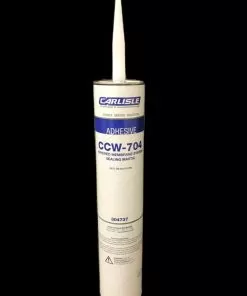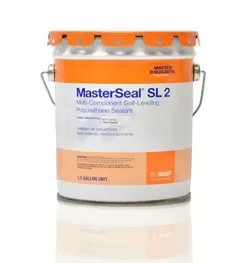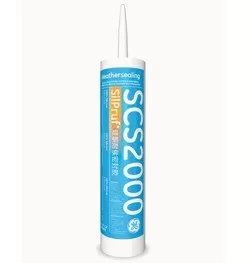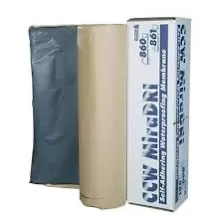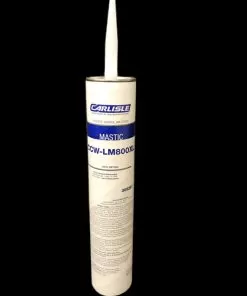CCW 201 Sealant: 1.5 gallon Non-Sag Low Modulus Polyurethane
$148.20 Original price was: $148.20.$126.35Current price is: $126.35.
- Polyurethane Sealant
- Primerless
- 1.5 gallon kit (in 2 gallon pail)
- Elongation: 700%
- Tensile Strength: 200 psi
- Tack free: 12 hours
- Pot life: 4 1/2 hours
- Sag (slump): 1/16″ Maximum
- Non staining
- +50% movement capability
40 in stock
CCW 201 Sealant: 1.5 gallon Non-Sag Low Modulus Polyurethane
CCW-201 is a multi-component, chemical-curing, low-modulus, non-sag, polyurethane sealant especially formulated for dynamically moving joints. 201 sealant is designed to provide long-term performance plus 50% movement capability and excellent weathering characteristics. CCW-201 sealant offers primerless adhesion to commonly used construction materials. 201 is recommended for joints in tilt-up construction, pre-cast panels and other masonry surface, joints in metal curtain walls, sealing window and door perimeters, control joints, and for most horizontal joints in decks or pavements. CCW-201 is also used at all angle changes and inside corners including all penetrations and decks, walls, curbs, etc.
Can be used as an accessory for full waterproofing system:
Installation
Joint Design: Width of joint should be 4 times the anticipated joint
movement. Minimum width and depth of joint should be ¼”.
Surface Preparation: Joint surfaces must be dry, clean and free of dust, laitance, or contamination which may affect the adhesion of the sealant.
Saw cut, grinding, wire brush, sand blast or solvent cleaning may be required.
Joint Backing: Backer rod shall be flexible, closed-cell polyethylene. The
backer rod should be 1⁄8″ to ¼” larger in diameter than the joint width. Use a blunt tool to install the backer rod to prevent puncture or damage. Do not stretch the rod when installing.
Mixing: Use a flat paddle with a heavy-duty drill motor. Mix the base
until it is a smooth heavy liquid. Add the catalyst to the base and mix until
the compound is completely blended. Mixing time is 6 minutes minimum.
Scrape sides of container and the mixing paddle periodically during
mixing. If adding a color pack, mix thoroughly until blended with no color
streaks.
Sealant Application: Apply sealant with standard caulking equipment
using sufficient pressure to ensure complete filling of the joint.
Tooling: Using proper shape and size tool for joint, tool joint immediately
after application. Use sufficient pressure to ensure any air which may be
in the sealant is forced out, and that sealant is pressed firmly against the
sides of the joint.
Coverage Rate: See Technical Data Sheet for coverage chart
Clean-Up: Remove uncured sealant and clean tools or equipment with
xylene or toluene.
| Weight | 18 lbs |
|---|---|
| Dimensions | 12 × 12 × 12 in |
Related products
All Products
Control Joints
All Products
All Products
All Products
All Products
All Products
Customer Reviews

